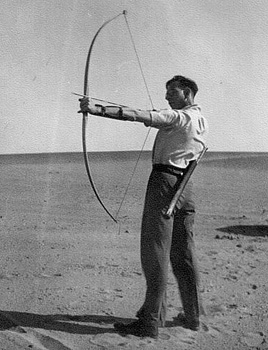

Overview of Sarban's writings:
The new manuscripts and biographical information give us a fuller picture of John Wall. He was a man who achieved a great deal, but who seems to have never shaken off a feeling of inadequacy. He did well in the Foreign Office, but not as well as he believed he should have done. He was uncomfortable at the endless round of cocktail parties that was the lot of the diplomat abroad. Added to this was his unsuccessful marriage. Wall appears to have taken refuge in his writing, but this was itself not an unqualified success.
However, Wall needed to write, and in later years appears to have done so purely for his own amusement. His daughter, Jocelyn, suggested that he had something of a Jekyll and Hyde personality, and there does seem to be an outer and inner man; John William Wall and “Sarban”. The former was known by friends, family and colleagues as a conventional diplomat who had risen from humble beginnings. The latter is a man who can only be guessed at by the readers of his stories.
Sarban’s sympathy appears to be with the “under-races” of The Sound of His Horn, and primarily with the gifted cripple in The King of the Lake. Perhaps he too felt that he was an outsider. The writer’s attitude towards women has been construed by some observers as misogynist, but a balanced reading causes one to doubt this generalisation. There is much humanity in Sarban’s writing, and if Wall was unhappy and frustrated in his personal life, Sarban was not bitter. The portraits of Clare Lydgate in “The Doll Maker” and Daphne Hazel in “Ringstones” are fully rounded and entirely sympathetic, a world away from the trussed-up “birds” of The Sound of His Horn and the harnessed women of The King of the Lake.
It is true, however, that amongst the characteristic, sadistic eroticism of The King of the Lake, we are not quite sure at the denouement whether our sympathy is being directed to the crippled dwarf or the two unwitting heroines now within his power. There is more than a suggestion of something noble in the dependent relationship between captor and captive, hunter and hunted. All this serves to illustrate the difficulty in identifying a simple, coherent subtext within Sarban's astonishingly brave and magical fables. However, it is hoped that it will now be possible to read Sarban’s still too small body of work with a little more understanding of the author.
